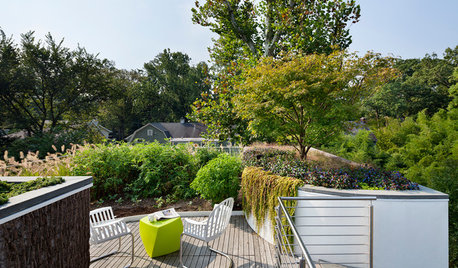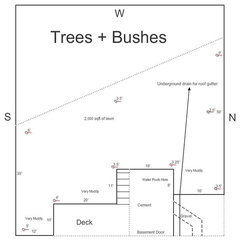Very wet soil problem in backyard!
Oneiric
9 years ago
Featured Answer
Sort by:Oldest
Comments (9)
Oneiric
9 years agoRelated Professionals
Beavercreek Landscape Architects & Landscape Designers · Erie Landscape Architects & Landscape Designers · Saint Charles Landscape Architects & Landscape Designers · Newcastle Landscape Architects & Landscape Designers · Surprise Landscape Contractors · Brookside Landscape Contractors · Commack Landscape Contractors · Coram Landscape Contractors · East Lake-Orient Park Landscape Contractors · Fairview Landscape Contractors · Gurnee Landscape Contractors · Hoffman Estates Landscape Contractors · Las Vegas Landscape Contractors · Placentia Swimming Pool Builders · Seabrook Swimming Pool Builderssherm1082
9 years agoCHFIII
9 years agodchall_san_antonio
9 years agoOneiric
9 years agoOneiric
9 years agodchall_san_antonio
9 years agoOneiric
9 years ago
Related Stories

GARDENING GUIDES10 Solutions for Soggy Soil
If a too-wet garden is raining on your parade, try these water-loving plants and other ideas for handling all of that H2O
Full Story
GARDENING GUIDESHouzz TV: Make a Worm Bin for Rich Soil and Happy Plants
A worm-powered compost bin that can fit under a sink turns food scraps into a powerful amendment for your garden. Here’s how to make one
Full Story
GARDENING GUIDESHow to Stop Worrying and Start Loving Clay Soil
Clay has many more benefits than you might imagine
Full Story
GARDENING GUIDESSolve 3 Common Landscape Problems — With More Plants
Sometimes the best defense is a good offense
Full Story
GARDENING GUIDESGardening Solutions for Heavy Clay Soils
What’s a gardener to do with soil that’s easily compacted and has poor drainage? Find out here
Full Story
GARDENING GUIDESHow to Pick a Mulch — and Why Your Soil Wants It
There's more to topdressing than shredded wood. Learn about mulch types, costs and design considerations here
Full Story
GARDENING GUIDESGet the Dirt on Your Garden’s Soil
Understand how your soil supports your plants so you can ensure your garden’s success
Full Story
REMODELING GUIDESThe Hidden Problems in Old Houses
Before snatching up an old home, get to know what you’re in for by understanding the potential horrors that lurk below the surface
Full Story
LANDSCAPE DESIGNProblem Solving With the Pros: Sustainable Landscape Captures Runoff
An underground cistern, permeable paving and a rain garden are part of this Washington, D.C. yard's thoughtful design
Full Story
DECORATING GUIDESSolve Privacy Problems With Window Film
Let the light in and keep prying eyes out with an inexpensive and decorative window film you can apply yourself
Full Story







krnuttle